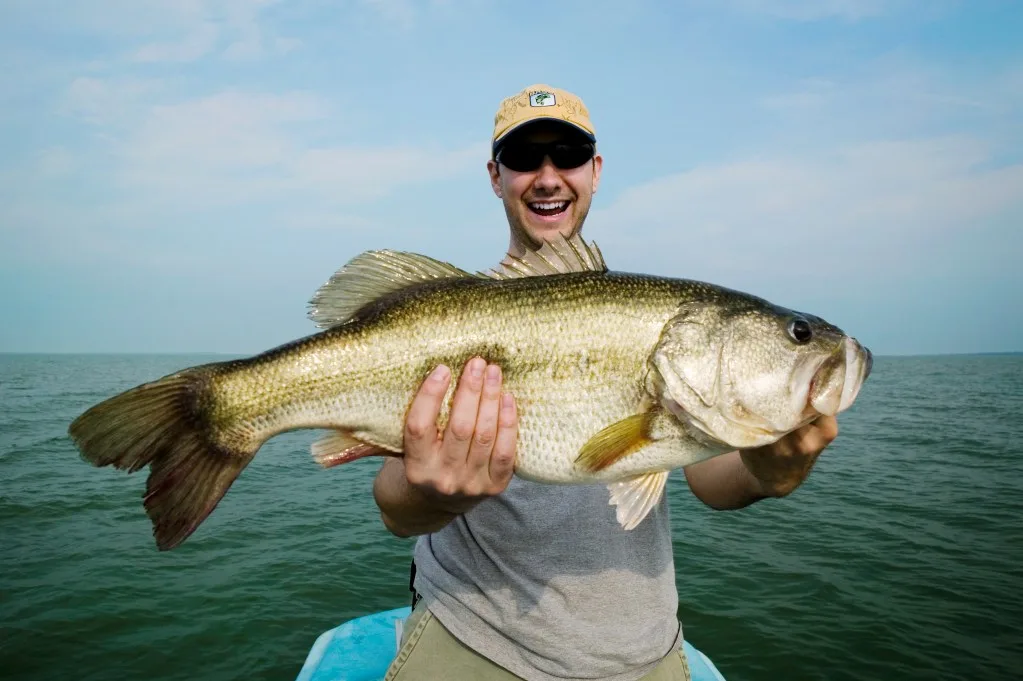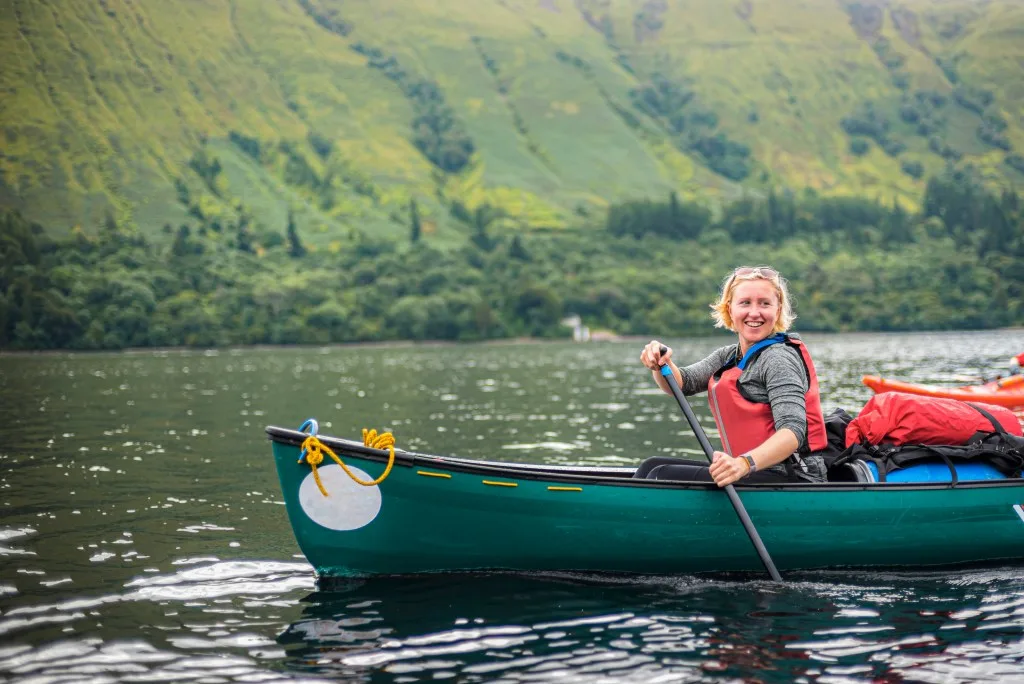When heading out to a local swimming hole, you probably don’t think much about what’s in the water. You’re just looking for a place to cool off from the summer heat or where the kids can release some energy for a few hours. Unfortunately, there are some dangerous creatures that lurk beneath the waters of some lakes in the United States.
But is Fort Peck Lake one of those locations? Let’s learn more about this Montana freshwater lake, and you can decide if it’s worth a visit!
About Fort Peck Lake
Formed by the Fort Peck Dam on the Missouri River, Fort Peck Lake is in eastern Montana. Because of its meandering shoreline, the lake stretches into six Montana counties. Charles M. Russell National Wildlife Refuge borders almost all of the lake, and Fort Peck Indian Reservation is northeast of the lake.
Fort Peck Lake is an outdoor recreational paradise with opportunities for fishing, hunting, camping, wildlife viewing, swimming, and more. The Fort Peck Interpretive Center and Museum displays wildlife, dinosaur fossils, and information about the construction of the dam. If you’re looking for bison, the Leo B. Coleman Wildlife Pasture offers excellent wildlife viewing opportunities.

How Big Is Fort Peck Lake?
The fifth-largest manmade lake in the United States, the lake has a volume of 18,700,000 acre-feet and stretches 134 miles. The shoreline covers 1,520 miles. Although Flathead Lake is deeper, Fort Peck Lake is the largest lake in Montana by surface area, with an area of 245,000 acres.
What Types of Fish Are in Fort Peck Lake?
Dozens of native and non-native fish species can be found in the lake. Bigmouth buffalo, blue sucker, brassy minnow, brook stickleback, burbot, channel catfish, fathead minnow, freshwater drum, lake chub, lake trout, longnose sucker, pallid sturgeon, sauger, and white sucker are among the native species of fish. Introduced species of fish include bluegill, brown trout, chinook salmon, common carp, largemouth bass, northern pike, plains killifish, rainbow trout, smallmouth bass, walleye, and yellow perch.
Is Fishing Allowed In Fort Peck Lake?
Fishing is extremely popular at Fort Peck Lake. Dozens of fish inhabit the water, including walleye, a species the lake is most well-known for. The Governor’s Cup Fishing Competition welcomes anglers from all over seeking the largest walleye.
Other species anglers often catch are black crappie, northern pike, paddlefish, channel catfish, and chinook salmon.
Pro Tip: Spend the night at one of these 6 Best Free Campsites in Montana during your visit.

Is Hunting Allowed Around Fort Peck Lake?
The Charles M. Russell National Wildlife Refuge surrounds Fort Peck Lake. Here hunters must comply with all regulations and obtain a Montana hunting license. According to the hunting regulations posted online, “Hunting is allowed for bighorn sheep, coyotes, elk, mule deer, antelope, white-tailed deer, waterfowl, migratory birds, mountain lion, turkey, and upland game birds. All other wildlife is protected; this includes, but is not limited to, badger, bear, bobcat, cottontail rabbit, jackrabbit, moose, prairie dog, snake, and wolf.” Trapping and trail cameras are not allowed.
Did Dinosaurs Once Live Around Fort Peck Lake?
The Fort Peck Interpretive Center is home to Peck’s Rex, one of the most complete Tyrannosaurus Rex skeletons ever found. At 75% complete, when it was discovered in 1997, about 20 miles southeast of Fort Peck, this fossil was the second most complete fossil in the world.
The center is part of the Montana Dinosaur Trail, which includes 14 locations where researchers found these prehistoric animals. The popular movie Jurassic Park III also used the stunning late as an excavation site.

Does Fort Peck Lake Have Leeches?
Unfortunately, visitors can find leeches lurking here. In fact, anglers often introduce leeches into the lake because they use them as bait. They are predatory worms that have suckers at both ends. They tend to live in freshwater lakes.
Although leech bites aren’t uncommon, they are more alarming than dangerous to humans.
Are There Dangerous Animals in Fort Peck Lake?
Fort Peck Lake itself isn’t home to many dangerous animals. But mountain lions, coyotes, wolves, and elk surround the lake. Snakes are also near the lake. However, if you’re planning on visiting Fort Peck or want to cast your line to try for a walleye, you don’t have to worry much about encountering a dangerous animal. If you want to see predatory animals that pose a threat to humans, check out the Fort Peck Interpretive Center.
Pro Tip: Get more out of your Montana excursion by visiting one of these 5 Spooky Ghost Towns in Montana.
Is Fort Peck Lake Worth Visiting?
Enjoy beautiful scenery near Nashua and Glasgow in northeastern Montana, plus go fishing. If you’re an angler who loves spending a day on the water, consider taking a trip to Fort Peck Lake. But Fort Peck is also an area of rich history.
If you’re looking for an educational adventure, take a trip to the Fort Peck Interpretive Center to learn more about the ancient creatures that once roamed the land.
Will you be planning a trip to Montana any time soon? Tell us your thoughts in the comments!
Discover the Best Free Camping Across the USA
To be honest with you, we hate paying for camping. There are so many free campsites in America (with complete privacy).
You should give it a try!
As a matter of fact, these free campsites are yours. Every time you pay federal taxes, you’re contributing to these lands.
Become a FREE CAMPING INSIDER and join the 100,000 campers that love to score the best site!
We’ll send you the 50 Best Free Campsites in the USA (one per state). Access the list by submitting your email below: